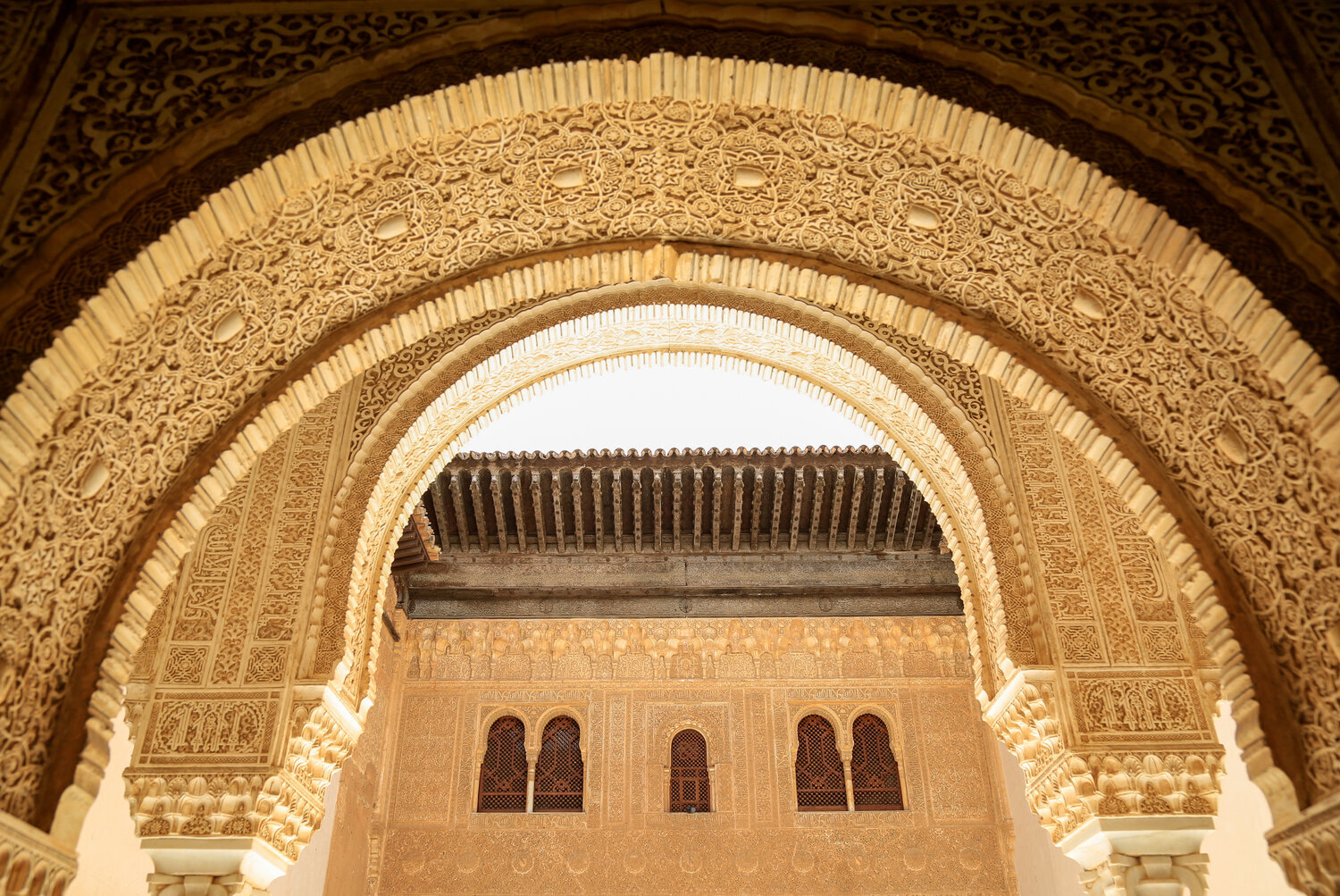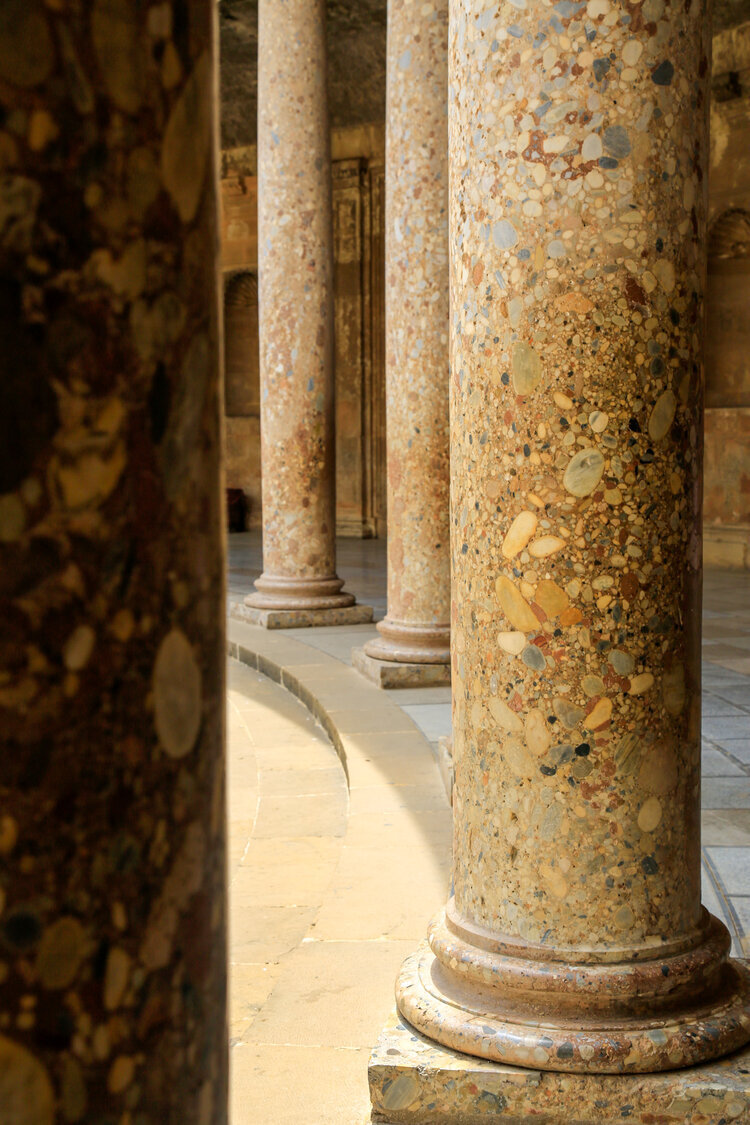Exploring bathhouses of the world
In Greek and Roman times, the bathhouse was a place to meet and socialise, exercise in the palaestra (an ancient gym!), and of course to steam and scrape off the dirt from everyday life. For our Islamic ancestors, bathing had the dual purpose of religious ritual, with “ablutions” performed to cleanse before prayer, as well as being the epicentre of neighbourhood activity. For the Japanese, it originated as a Buddhist practise and became a daily ritual of peaceful connection to the self and to the people around them.
But, what does the bathhouse space afford us now?
Hope.
The concept of bathhouses as spaces of hope was written about in the context of the Islamic community, in the book “Muslim Spaces of Hope”. Architectural researcher of hammams (read: big steam rooms where you can scrub yourself down), Dr. Magda Sibley, talked about what the hammam can give to both the inhabitants of a local neighbourhood and the visitors of these spaces:
“Hammams represent a living heritage that is facilitating intercultural exchange and understanding. In the context of an often depressing and negative portrayal of the Islamic world, this revisits what for many Muslims, but also many others in the West, has long been a utopian Islamic space.”
Sibley singles out one hammam, which was the place where Mary (one half of SOS) also had her first bathing experience in 2008. Sibley writes, “For Parisians, the hammam at La Mosquee de Paris in the fifth arrondissement, constructed in 1927, is the ultimate initiation into the seductive world of the hammam”
Well, this is just one of the places that Mary was lucky enough to visit when she set out to document the history of bathing as a filmmaker in 2015:
"As a young woman at the hammam, I was amazed as well as challenged. Initially, I felt timid, and I didn’t want to go nude. But for the first time ever I was being challenged in a way where I came out actually feeling better about myself and my body. Observing myself amongst the women in the hammam, of all different shapes, sizes, ages, backgrounds - I felt completely the same but also totally unique to all of the bodies around me. It was the ultimate feeling of freedom, connection, and hope.”
The documentary didn’t happen. Instead, Mary decided to bring the bathhouse to Melbourne. But to put that list of bathhouses of the world to good use, we are sharing our favourites with you.
They range from riverside bathing in the woods of Japan’s Kyushu to neighbourhood hammams in Morocco to a nunnery in the hills of Assisi - where not nuns but a bathing “museum” lives.
The hammam @ Mosquée de Paris
Entering the Mosqée de Paris is special. You come to the corner of the Mosque, it has high walls with a sweet courtyard just behind them. In the courtyard are Middle Eastern and Meditterranean fruit trees, with little sparrows and a counter with syrupy sweets. It’s behind the baklava where you find the doorway to the hammam.
On my first visit, my friend Nehla guided me through rituals that her Mum would have taken her through each week when she was growing up. The series of rooms, as Dr. Sibley describes, is a “tortuous itinerary towards the hottest and steamiest space, where the heat from the fire of the furnace is at its fiercest and where the steam from the hot water creates a thick mist”.
My two favourite things at the Mosque of Paris are: the visibility of different bodies and the scrub, known as “gommage” in France, from the woman.
Ironmonger Row Baths - London, UK
Ironmonger Row takes the traditional Victorian-Turkish bathhouse and modernises it for the current-day Londoner. The baths here are the Melbourne equivalent of a Carlton or Fitzroy baths. It’s council-run and set in a complex with a gym. Baths are a service historically that the local government gifted its people, similar to our Melbourne City Baths in the gold rush era or in the Roman empire. At Ironmonger Row, you go on a typical Victorian-era Turkish bath circuit of bathing, including the Caldarium, Tepidarium, Fridgedarium - all derived from the Roman and Greek bathhouses.
Banya No.1 - London & UK
“Ба́ня - мать втора́я” translates to “The banya is like a second mother”, an old proverb from Russia.
Banya is a resilient style of bathing with lots of vigor and fun. The distinct steam treatment in the Russian banya, otherwise known as ‘parenie’, doled out with the ‘venik‘ - birch or oak leaf brooms - looks like it will hurt from the touch… but actually the steam that is stimulated around your body is what hurts, not the leaves whacking your body. Definitely wear the felt hats, they keep your body temperature more even... And if you see anyone entering a sauna or banya with a big paddle, consider ducking out if you can’t handle the scorching heat!
Bath Spa - Bath, UK
Usually when Romans conquered a city, they would also impose their cultures on it’s inhabitants. This includes their bathing culture. The Romans worshipped the goddess Minerva as their health and bathing deity. A funny thing happened however when they came to the town of Bath. The Celtic locals of Bath already worshipped a goddess of the hot spring “source” - known as Sulis, the Celtic goddess of healing and sacred waters. For some reason in Bath, the Romans abandoned protocol and joined forces with the Celtics to worship a joint deity “Sulis Minerva”.
Bath is one of the most visited spa towns in the world. You can’t swim in the spring that was worshipped by the ancients but you can at the modern bathhouse. There are giant scented steam pods, watsu baths, and up on the rooftop there’s a pool looking over the whole town and countryside of Bath.
Therme Vals - Vals, Switzerland
Therme Vals is the bathhouse frequently referred to as the ‘best bathhouse in the world’. It is a monolithic structure designed and built by Pritzker Prize-winning architect Peter Zumthor in the Swiss mountains. The town of Vals is no bigger than 1000 people, but the bathhouse is huge, all built from stone from the local quarry. Therme Vals has become a magnet to some of the most famous architects in the world, who have each designed rooms of the hotel adjoining the therme, including Japan’s Tadao Ando and Kengo Kuma, and American Thom Mayne.
It sounds crazy but Therme Vals may be the closest thing in our modern world to a Roman bathhouse. It has gigantic windows that form the eyes of the space, letting light stream in and onto the bathers. Built within the walls are secret annexes and rooms with moments of darkness, hot bathing, cold bathing, and bizarre showers. My favourite space is the black corridor of steam bathing, where you can’t see a thing but can only feel the rooms getting hotter as you descend further into the darkness.
A neighbourhood bathhouse - Tangier, Morocco
The bathhouse doesn’t always have to be about luxury and highly-designed spaces. The most local experience I’ve had (and I’ve been to a lot of neighbourhood bathhouses in Morocco and Turkey) was probably my all-time favourite experience. It was hyper-local, so rather confronting even for someone who’d become familiar with the drill of the bathhouse. I was clearly an outsider, so it should feel confronting!
But when the female spa attendant took me in her arms, suddenly I was a child again. She washed me with black soap, henna, rhassoul clay. Then she washed my hair. It was nurturing, and everything felt alright.
La Maison Arabe - Marrakech, Morocco
I went to so many beautiful hammams in Morocco, it’s really tricky to pick just one. But if I had to, I would say La Maison Arabe was my favourite because of its history, warm conviviality, and beautiful gardens. It has been open since 1946, when the pasha of Marrakech, Thami El Glaoui, granted the French female owners the right to establish the first restaurant open to foreigners in the medina.
For me, the gardens, the hangout spaces, and the water around us are just as important as the internal experience of the hammam itself. Marrakech is also home to Le Jardin Marjorelle, the garden established by Jacques Marjorelle and kept up by Yves Saint Laurent, which was gifted to the city by his estate. It’s these public spaces, “third spaces” like gardens and like the neighbourhood bathhouse, that give people in these cities a sense of belonging and connection, even in a tech-dominated world.
Kiraly Baths - Budapest, Hungary
This Ottoman-style hammam on the Buda side of Budapest might be one of the more understated baths in this grand city of bathing. It’s my favourite mix of hot and cold bathing, with just the right temperatures and distances between each of the baths to get that fun tingly feeling, and maximum “recovery bathing” benefits.
Nun Relais & Spa Museum - Assisi, Italy
In the town that was home to St. Francis of Assisi (Francesco to the Italians) is also a nunnery that has been converted into a bathing circuit from a hot spring. This is a spa and a hotel, and it’s a beautiful place to visit, with lavender surrounding the property and views of the Italian countryside.
Aire - Seville, Spain
Aire is an ancient bathing space that started in Seville, so named by the street it lives on. Aire combines Roman and Moorish bathing styles to create an experience unlike many others in the world. The setting is dark and moody, with columns of red brick and candlelight. I did a cool thing here where they guided me through the water with sensory deprivation. I get claustrophobic so this was an alternative to the float tank. It felt like the closest thing I can imagine to what being in the womb would feel like.
Kurokawa Onsen town, Kyushu, Japan
Kurokawa Onsen town is in the middle of southern Kyushu, an island with a literal hot-bed of Volcanic activity. One place I went to was called the “Hell emitting gas use greenhouse” (ha!). Kurokawa Onsen town has so many onsens that you can get an Onsen-hopping pass (I got two while I was there!) and you walk between them wearing only your Yukata (traditional Japanese pyjamas). Here are two standouts in the town:
Iyashi no Sato Kiyashiki - Kurokawa Onsen, Kyushu, Japan
Mixed naked bathing here means that it isn’t for the faint-hearted! I went with my Mum and she squealed not just once, but many times. It was confronting, but it was also invigorating, boundary-pushing, and really fun. While I was trying to be the fearless leader in our duo, I might have squealed a little too. I mainly didn’t know where to put the loincloth as a woman - there’s too many bits to cover!
Yumerindo Onsen on the river - Kurokawa Onsen, Japan
Yumerindo is on the river. It was the first time I got to do hot/ cold bathing using a hot spring source and the running cold water of the river. It was fun and freeing. I want to do it again. I’ve heard there’s a place in Helsinki like this with a Sauna and cold plunge. Freya would know more about this!
I ♥ Bath - Naoshima, Japan
The most fun. I ♥ Bath is an art-installation and bath all in one. From the giant Kappa-reminiscent woman on their signage out front (the one reminding you of the rear mud-flap of a truck) to the wooden key you use to open your locker, to the wild mosaics, and literally the giant elephant in the room - it is so bizarre and sublime I can’t tell you.






